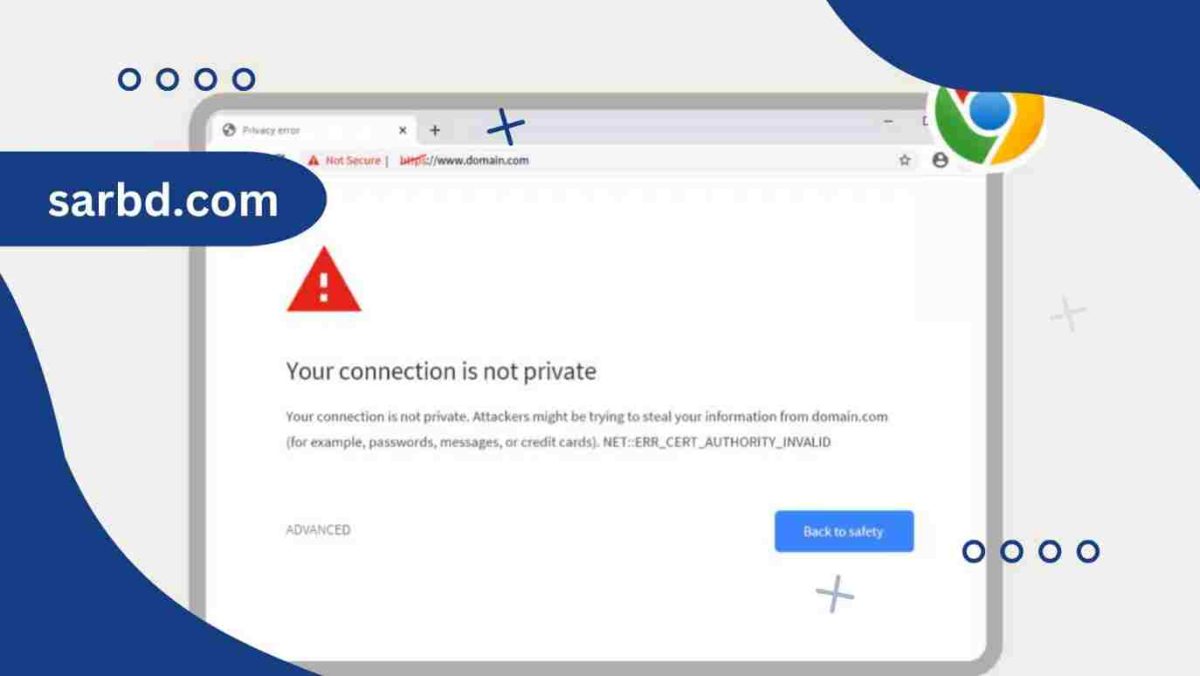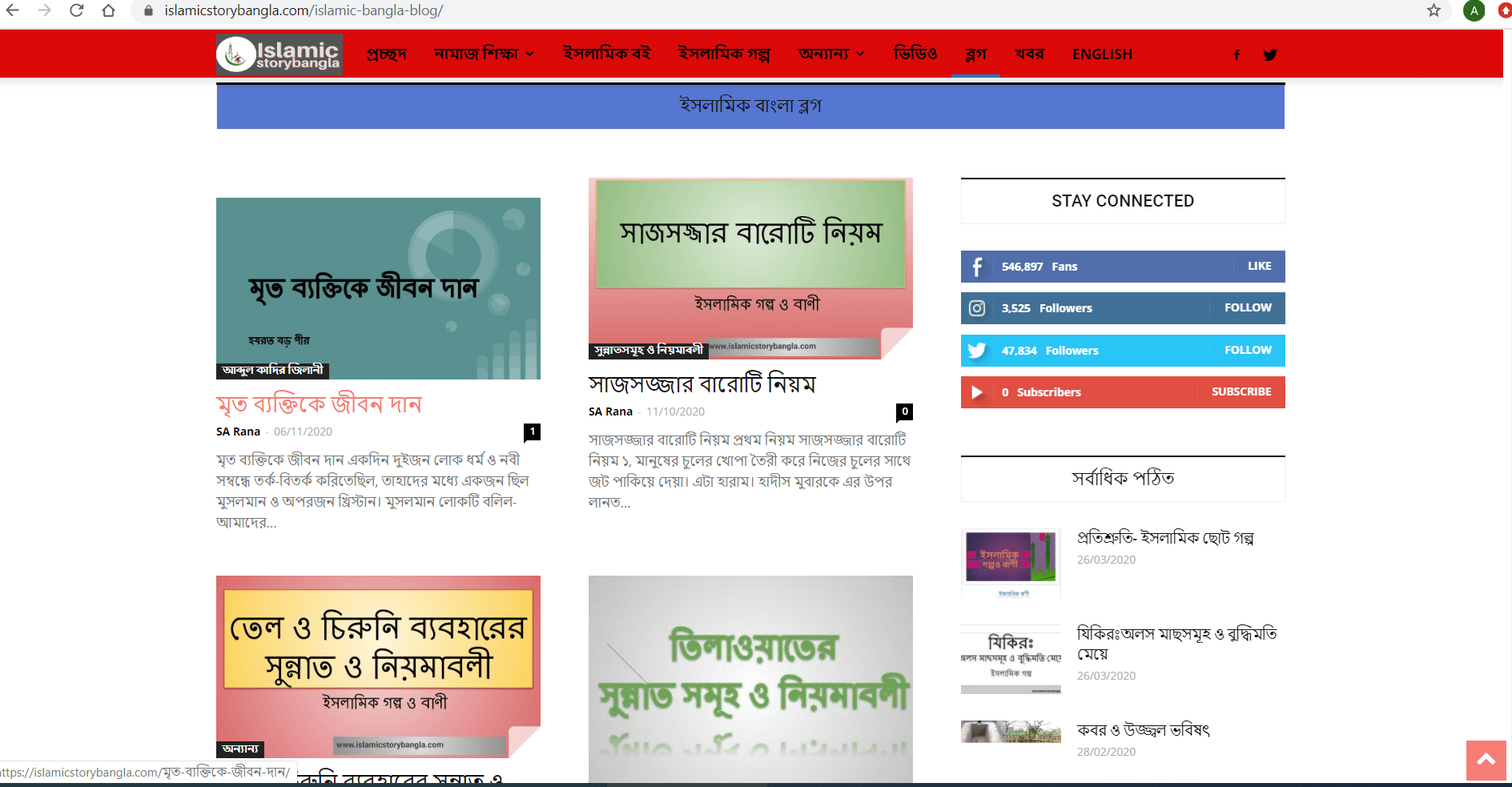If you’ve ever encountered the “Your connection is not private” error while browsing the web, you’re not alone. It’s a common issue faced by internet users worldwide, whether you’re accessing websites from your laptop, desktop, or mobile device. This error can be frustrating, especially if you need to access important information. However, the good news is that there are many ways to resolve this issue. In this comprehensive guide, we’ll explain how to fix your connection is not private error in a variety of ways, ensuring that you can safely browse the web again.
Understanding the “Your Connection is Not Private” Error
Before diving into how to fix your connection is not private error, it’s essential to understand why this error occurs in the first place. This message appears when your browser detects a problem with a website’s security certificate, and it’s warning you that your personal information might be compromised. Browsers like Chrome, Firefox, Safari, and Edge will typically display this message when the site’s SSL (Secure Sockets Layer) certificate is either invalid or not properly configured.
SSL certificates are essential for websites to encrypt data sent between your browser and the website. Without a valid SSL certificate, information like passwords, personal details, and credit card numbers can be intercepted by malicious actors. This warning is meant to protect users from security risks, but it can be triggered by many issues—some of which may not be related to the website’s security at all.
Now that you understand why the error occurs, let’s dive into how to fix your connection is not private error with step-by-step solutions.
1. Check Your System Date and Time Settings
One of the most common reasons for the “Your connection is not private” error is incorrect system date and time settings. SSL certificates rely on the correct system time to validate their authenticity, and if your device’s clock is off, it can trigger this error.
- Why this matters: SSL certificates have an expiry date, and if your device’s clock is set to a past or future date, your browser might think the SSL certificate has expired or is not yet valid.
- How to fix it: Ensure your system’s date and time settings are accurate. You can either manually adjust the time or set it to sync automatically with a time server.
- Steps for Windows users: Go to “Settings” > “Time & Language” > “Date & Time” and ensure the “Set time automatically” toggle is turned on.
- Steps for macOS users: Open “System Preferences” > “Date & Time” and check the box labeled “Set date and time automatically.”
- For mobile devices: Head to your device’s settings, find the Date & Time option, and make sure it’s set to automatic.
Ensuring that your system time is correct can instantly resolve how to fix your connection is not private error, especially when browsing on secure websites.
2. Clear Browser Cache and Cookies
Sometimes, old cache data or corrupt cookies stored in your browser can cause SSL issues. If your browser is relying on outdated or invalid cached data, you may continue seeing the “Your connection is not private” message even when the website’s SSL certificate is valid.
- Why this works: By clearing cache and cookies, you remove potentially outdated or corrupt data, forcing the browser to load the fresh and correct version of the website.
- How to clear cache and cookies in Google Chrome: Click on the three-dot menu in the upper right corner, go to “More Tools” > “Clear browsing data,” and select “Cookies and other site data” and “Cached images and files.”
- For Firefox users: Open the menu, go to “Settings” > “Privacy & Security,” scroll down to “Cookies and Site Data,” and click “Clear Data.”
- Safari users: Open “Preferences,” go to “Privacy,” and click “Manage Website Data.” From there, you can remove cookies and cached data.
- Mobile device users: For Chrome on mobile, go to Settings > Privacy > Clear Browsing Data. Make sure to select both cache and cookies.
Clearing your browser’s cache and cookies can help resolve many SSL-related errors, making it one of the first solutions when learning how to fix your connection is not private error.
3. Reload the Webpage
It sounds simple, but sometimes a quick refresh is all you need to resolve the error. Occasionally, the SSL handshake between your browser and the server may fail due to a temporary glitch.
- Why it’s effective: Reloading the page initiates a new request to the server, potentially resolving any temporary issues that caused the error.
- How to do it: Click the refresh button on your browser or press F5 on your keyboard (Cmd + R for Mac users) to reload the webpage.
- Try different tabs: Open the same page in a new tab or try accessing the same site in incognito mode.
- Consider server-side issues: In some cases, the website’s server may be down or undergoing maintenance, leading to temporary SSL issues.
Reloading the webpage is an easy and quick step when troubleshooting how to fix your connection is not private error.
4. Proceed with Caution by Clicking “Proceed to Website”
If you’re sure that the website is safe to visit, you can bypass the warning and proceed to the website at your own risk. However, this should only be done if you trust the website and know that it won’t compromise your personal information.
- Understanding the risk: Bypassing the warning means your connection won’t be secure. Any data you send or receive could be intercepted.
- How to proceed in Chrome: Click on “Advanced” and then select “Proceed to website.” Note that this option may not appear on all websites, depending on the severity of the issue.
- When to use this method: Use this only for non-sensitive websites where you’re not entering any personal information or payment details.
- Evaluate the SSL certificate: If you have access to SSL information (click on the padlock icon), you can check if the SSL certificate is just expired or if it’s a more serious issue.
While bypassing the warning can let you access the site temporarily, this is not a long-term solution when addressing how to fix your connection is not private error.
5. Disable VPN or Proxy Temporarily
VPNs (Virtual Private Networks) and proxy servers can sometimes interfere with SSL certificates, causing the “Your connection is not private” error. If you’re using a VPN or proxy, try disabling it temporarily to see if the problem is resolved.
- Why VPNs/proxies can cause this issue: Some VPNs or proxy services reroute your connection through servers that might interfere with SSL certificate validation.
- How to disable a VPN: Open your VPN client and either disconnect from the server or completely turn off the VPN. If you’re using a browser-based proxy, disable it in your browser’s settings.
- For Windows users: Go to “Network & Internet Settings” > “VPN” and toggle off any active VPN connections.
- For macOS users: Go to “System Preferences” > “Network” > “VPN” and disconnect the VPN from there.
- Mobile users: Navigate to your device’s VPN settings, turn it off, and check if the issue persists.
If the error disappears after disabling your VPN or proxy, you’ve found a potential cause and solution to how to fix your connection is not private error.
6. Try a Different Browser
Sometimes, the issue lies with the browser itself rather than the website or SSL certificate. Switching to another browser can help you quickly determine if the error is browser-specific.
- Why this helps: Different browsers handle SSL certificates in slightly different ways, so switching may resolve the issue.
- How to do it: If you’re using Chrome, try Firefox, Safari, Edge, or Opera to see if the website loads without issue.
- Update your browser: If switching browsers works, consider updating your original browser, as an outdated version may be causing the SSL error.
- Browser-specific SSL issues: In some cases, certain browsers may have issues with specific SSL certificate types, which can trigger the error.
- Cross-check on mobile: Try opening the same website on a mobile device to see if the error persists, further indicating if it’s browser-related.
Switching browsers can help you quickly identify and fix the issue, providing a helpful workaround in how to fix your connection is not private error.
7. Update or Reset Your Browser
If switching browsers doesn’t work, and the issue persists in your primary browser, it might be time to either update or reset it. Sometimes browser settings, extensions, or outdated versions can lead to SSL issues.
- Why updates matter: Browsers are regularly updated to fix bugs, including SSL-related problems. Using an outdated browser may prevent proper SSL validation.
- How to update Google Chrome: Click on the three-dot menu, go to “Help” > “About Google Chrome,” and update the browser if a new version is available.
- For Firefox users: Open the menu, go to “Help” > “About Firefox,” and update if prompted.
- Reset your browser: If updating doesn’t work, consider resetting your browser to its default settings. In Chrome, go to “Settings” > “Advanced” > “Reset and clean up,” and click “Restore settings to their original defaults.”
- How resetting helps: This process disables extensions and restores settings, resolving any conflicts caused by add-ons or misconfigurations.
- Check browser security settings: Ensure your browser’s security settings are not blocking the SSL certificates unintentionally.
Updating or resetting your browser is an effective strategy for resolving how to fix your connection is not private error.
8. Check Your Antivirus or Firewall Settings
Some antivirus or firewall programs have built-in SSL scanning features that may interfere with the browser’s ability to verify SSL certificates properly. If your security software is overly aggressive, it can cause the “Your connection is not private” error.
- Why this happens: SSL scanning can cause conflicts with SSL certificates, leading to errors in your browser.
- How to disable SSL scanning in antivirus software: Open your antivirus program and look for options related to web protection or SSL scanning, then disable it temporarily.
- Adjust firewall settings: If you’re using a firewall, ensure it’s not blocking SSL connections by navigating to your firewall’s advanced settings.
- Which antivirus programs to check: Popular antivirus programs like Avast, AVG, Norton, and McAfee often have SSL scanning features that might cause issues.
- Try disabling your antivirus temporarily: If you’re unsure whether the antivirus is causing the error, temporarily disable it and reload the page.
- Re-enable protection afterward: After troubleshooting, ensure you turn your antivirus and firewall protection back on for safety.
By adjusting your antivirus or firewall settings, you may find a quick solution to how to fix your connection is not private error.
9. Check the SSL Certificate of the Website
Sometimes, the issue isn’t on your end but with the website itself. Checking the SSL certificate of the site can help you determine if the problem lies with the site’s server or the certificate configuration.
- How to check an SSL certificate: Click on the padlock icon in the browser’s address bar to view the SSL certificate details.
- Look for expiration: If the certificate has expired, the website owner will need to renew it to resolve the issue.
- Identify certificate authorities: Trusted SSL certificates are issued by verified authorities like Let’s Encrypt, DigiCert, and Comodo. If the site uses an untrusted or self-signed certificate, this could trigger the error.
- Mismatch between domain and certificate: If the website’s domain doesn’t match the domain on the SSL certificate, the browser will display an error.
- No SSL certificate: Some websites may not have SSL certificates at all, which means you should proceed with caution if you decide to continue.
Understanding the website’s SSL certificate status helps you decide whether to continue or avoid the site, a crucial aspect when discussing how to fix your connection is not private error.
10. Contact the Website Administrator
If none of the above steps work and you’re still encountering the error on a specific website, it may be time to contact the website’s administrator.
- Why contacting the website admin is helpful: If the issue is with the website’s SSL certificate, the administrator can investigate and fix the problem on their end.
- How to contact the admin: Look for a “Contact Us” page or support email on the website, or try reaching out via social media platforms.
- Provide error details: When contacting the administrator, include a screenshot of the error and any SSL certificate details to help them troubleshoot faster.
- SSL renewal: In many cases, the website admin may simply need to renew or reconfigure their SSL certificate.
- When to move on: If the website owner doesn’t respond or fix the issue, it may be best to avoid the site, especially if it involves sensitive information like banking or personal data.
Contacting the website administrator is a final step in resolving how to fix your connection is not private error, especially when the problem lies with the site itself.
Conclusion -How to Fix Your Connection is Not Private Error
In conclusion, encountering the “Your connection is not private” error can be alarming, but there are numerous ways to resolve the issue. Whether it’s adjusting your device’s time settings, clearing browser cache, disabling antivirus SSL scanning, or contacting the website administrator, these steps provide comprehensive solutions. Now that you know how to fix your connection is not private error, you can confidently navigate and resolve the issue, ensuring a secure browsing experience.
By following these steps, you’ll not only protect your personal data but also avoid the frustration that comes with encountering SSL-related errors. Remember to stay cautious when proceeding with websites that trigger this error and always prioritize online security.




